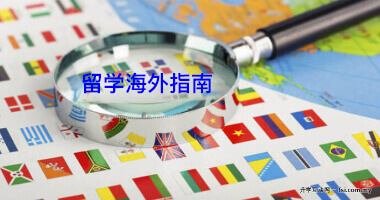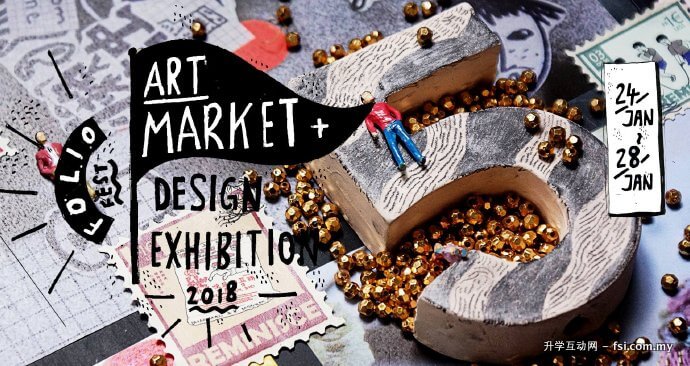Yim is also the recipient of Malaysia 2016 UOB Painting of the Year.
Every stitch, a meaning
Visual artist Yim Yensum broadens her creative experience with an exhibition at the Fukuoka Asian Art Museum in Japan.
An obliging swordsmith, a quirky doll maker, a kindly fishmonger, a young frame maker and a tatami maker with fingers worked to the bone are all gathered in this section of the Fukuoka Asian Museum, alongside another seven people from the same city. Some are grinning, eyes crinkled with a smile, while others are serious, stoic, and perhaps just a little reserved.
These portraits of some of the local folk in Hakata, Fukuoka, in Japan, were created by KL-based visual artist Yin Yensum, 30, during her month-long residency with the museum in May. But they are not paintings nor drawings.
Instead, Yim has painstakingly captured the emotions playing across each face in a series of 12 works, using embroidery on gauze. Each careful stitch gives weight and meaning to the people behind these portraits, and forms the story of the city they live in.
Yim’s Trace Of The City (Hakata) – The People I Met is on at the Fukuoka Asian Art Museum till July 11.
Earlier this year, Yim won the Young Guns award by Hom Art Trans, and in 2015 was a finalist in the Macau New Art Wave International Art Competition. Last Year, she won the Malaysia 2016 UOB Painting of the Year for her artwork titled The Floating Castle, a delicate embroidery on gauze work featuring a traditional Chinese house.
How did she get to where she is today as an artist?
It certainly wasn’t a conscious decision to pursue art as a career that kick started everything. For Yim, is in fact quite the opposite.
“I didn’t choose the life of art, the life of art chose me. I never thought of becoming a fulltime artist, not even after I completed college. I simply enjoyed the process of art-making, so it became a habit, and eventually a career. I am only doing what I love and what feels right to me,” she says.
Yim reminisces that she had always been a bit of a daydreamer, particular during her school days where instead of paying attention to the teacher, she would be more interested in doodling and letting her mind wander and engage in flights of fancy.
“I was pretty weak in languages when I was in school and often had trouble expressing myself. But art was a channel for self-expression, a way to let the world understand me better, and in turn, this process of self- discovery helped me find myself,” she confides.
Yim believes the learning process is a never-ending one, where new perspective bestows great life lessons, if one is receptive enough.
Her month-long stay in Japan, for instance, was quite an eye-opener, she points out. “I quickly realized that the Japanese bestow great importance to details, both in life and their interactions with each other. They are warm and welcoming towards me, but at the same time do not intrude into your personal space. This is a profound experience for me and I feel it is one of the great things we should learn from them,” says Yim of her first visit to Japan.
She muses that Japan is a fine example of how technology and tradition can merge and co-exist happily, that the Japanese live in a technologically advanced country, yet have a “deep understanding” of their heritage and culture, and foster a strong sense of responsibility in passing on age-old traditions and knowledge to future generations.
Based in Hakata during her residency, she shares how her observations of the people and their way of life “touched her heart deeply”, so much so that it only took a week before she discarded her original plan of transforming discarded everyday objects collected from around the neighbourhood into something with new meaning and stories, in favour of embroidered portraits.
On a new mission, she conducted interviews with selected individuals, no two interviews ever the same.
It quickly became apparent that there was a common thread running through everything and everyone she met.
“Everyone put their heart and soul into their work, I can feel their passion towards their job,” says Yim.
“Through these portraits of the people living in Hakata, I sought to depict their stories and the story of the city. Every artwork represents not just a person, but a family and a culture, each with its own story to tell. It starts with the first stitch, then it becomes a line, then eventually, a portrait. With these works, I am slowly, stitch by stitch, sewing the profile of the city,” she adds.
Yim, a Fine Art graduate of Dasein Academy of Art in Kuala Lumpur, is no stranger to embroidery, having dabbled in it since her college days.
Nevertheless, Trace Of The City (Hakata) – The People I Met is the first time she is focusing on portraiture as the main theme in an exhibition. In her earlier embroidered works, the mainstays are usually buildings and the environment.
“I like the warmth from embroidery works, where each an every stitch represents a different meaning and feeling. And I like the transparency of gauze, it reminds me of how our culture and tradition seem to be unrelated to daily life, but is in fact embedded deep within us, affecting our thoughts and behavior.” She says.
Her use of gauze, soft and delicate, and semi-transparent, is meant to convey the fragility of cultural traditions and their susceptibility to being buried and forgotten if proper care and attention is not given.
“We use gauze to dress wounds; we use it when we are injured. So using gauze in my works serves as a reminder to take good care of our heritage, fragile as it may be, so that we can pass it on the next generation with love,” she explains, adding that is the responsibility of an artist to build a strong connected between the people and the city, the people and culture.
“The role of an artist to build bridges and connect people. Art can trigger feelings, it can lead us to a place we can call all home. I will continue to search and explore all I can about culture and human interaction-related subjects. It is never-ending process, yes, but this is also how I understand myself and the world around me better,” she concludes.
Yim Yensum’s Trace of the City (Hakata) – The People I Met is on at the Fukuoka Asian Art Museum (faam.city.fukuoka.Ig.jp) till July 11. Visit yensum.weebly.com or follow her on instagram @yensum for more information on the artist and her work.
达尔尚艺术学院 Dasein Academy of Art
http://www.fsi.com.my/会员专区/college-profile/?sponsor_id=410
http://www.fsi.com.my/dasein/











